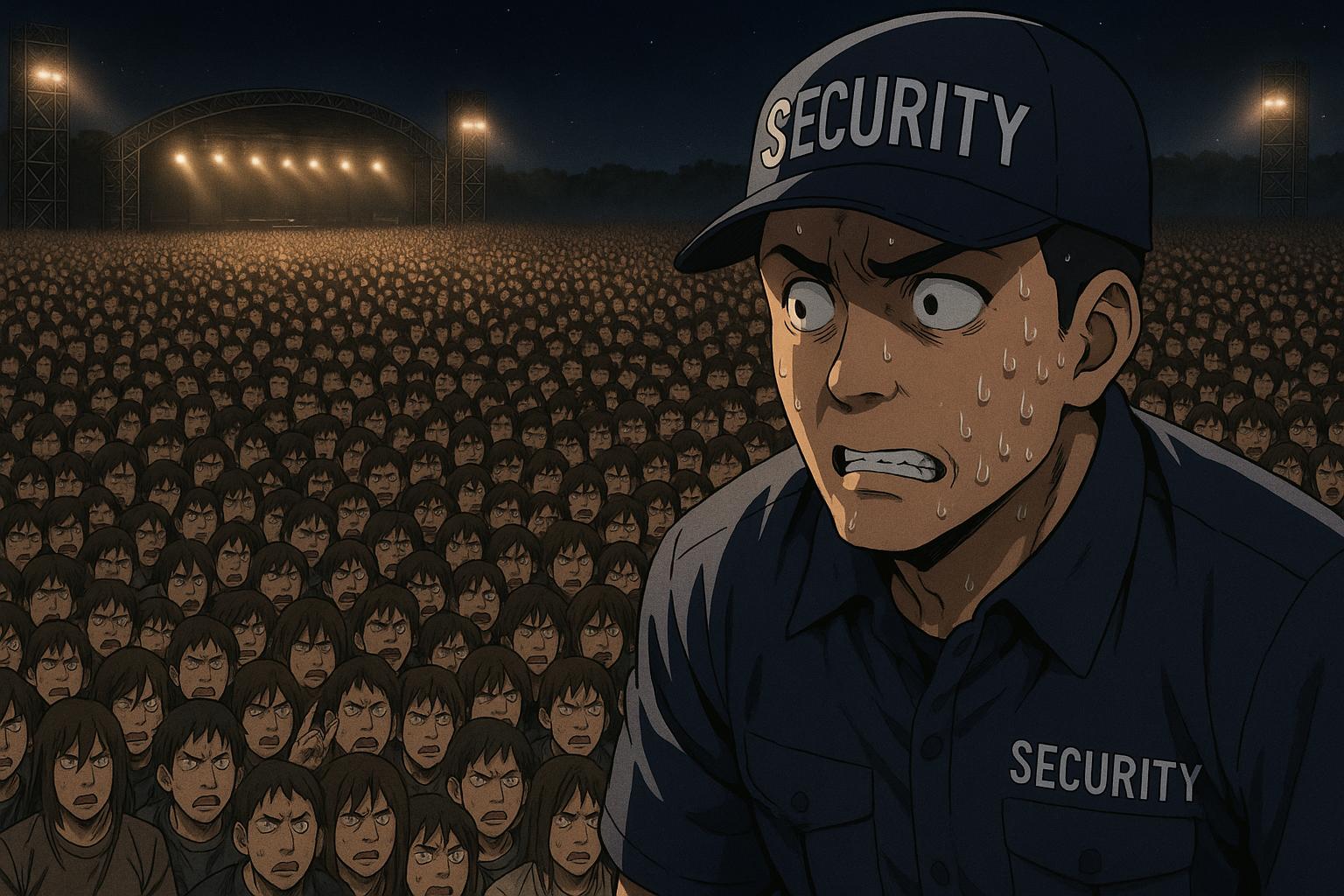Concerns around safety at Glastonbury Festival have reached a boiling point, as an anonymous former festival manager warns that the event is becoming an "accident waiting to happen." This stark warning highlights an escalating issue of overcrowding, a problem that has persisted at the UK's largest music festival, which regularly attracts over 200,000 attendees to Somerset each summer. The festival, celebrated for its eclectic line-up and diverse attractions ranging from arts and crafts to theatre and circus acts, faces scrutiny as it prepares to welcome another massive crowd.
The ex-manager, who held a senior role during the previous year’s festival, voiced alarm over the condition of safety protocols amidst reports of bottlenecks and dangerous crowding at smaller stages. In their own words, they stated, "Worst case scenario, people are going to die," drawing attention to a potentially dire situation as the festival gears up once again. The past few events have seen increasing numbers of attendees; a 7,000-capacity boost was implemented in 2022, which some insiders believe only exacerbates safety risks. The combination of large crowds and widespread drug use poses significant challenges to event safety.
Last year's festival already reflected these challenges, with several instances prompting festival organisers to close access to certain areas after overcrowding led to concerns about crowd crushes. The Sugababes were forced to halt their performance in 2022 due to overwhelming numbers at their West Holts stage, prompting widespread frustration among attendees. In 2024, similar concerns were echoed by festival-goers at various smaller venues, leading to the closure of certain areas and prompting the organisers to recognise the difficulty of managing popular acts in cramped spaces.
Mendip District Council has also urged improvements to crowd control, following troubling reports from the previous years. Despite the festival's reputation as a flagship British event, authorities have expressed their unease. Recommendations from council members have included better crowd distribution strategies and noise management to alleviate pressure on smaller performance areas. This echoes sentiments highlighted in past years; for instance, even back in 2010, council reports pointed to similar issues, warning that areas like Shangri La and Block Nine often faced serious crowding concerns.
Historically, Glastonbury has grappled with the consequences of its popularity. In 2000, the festival faced potential legal repercussions for allegedly allowing twice the permitted number of attendees, leading to unsafe conditions that have been a recurring theme in discussions surrounding the festival's safety protocols. Recent reports have indicated that despite increasing capacity to 210,000, which suggests financial success, such decisions might be a misguided response to the realities of enforced crowd management.
Moreover, logistical challenges such as traffic management have also troubled the festival experience. Reports from 2016 identified severe delays and traffic issues that left many attendees trapped for hours, a reflection of the strains on infrastructure surrounding such a monumental event. As the festival continues to grow, the challenge for organisers remains not just in securing profit but in ensuring the safety and enjoyment of every attendee, a balance that increasingly appears precarious as the date of this year’s festival draws near.
The festival’s founder, Michael Eavis, recently transferred operational control to his daughter, Emily Eavis, amidst these pressing concerns. As visionaries of Glastonbury navigate issues of crowd management and safety, the potential for a tragic outcome looms large, demanding immediate and effective strategies to protect the spirited community that gathers to celebrate each year.
Reference Map:
Source: Noah Wire Services
